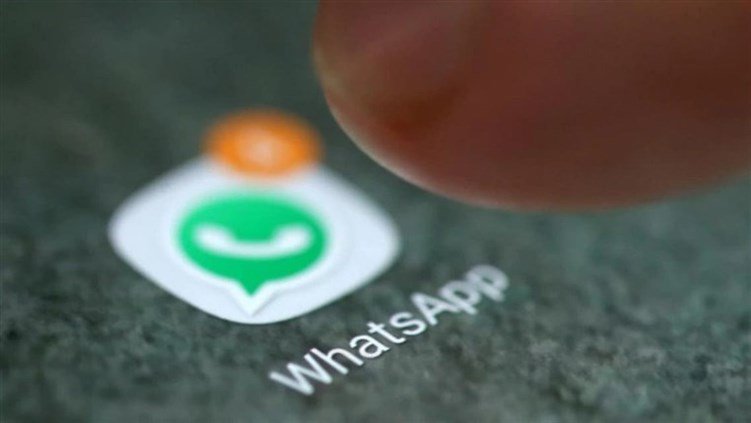A revolutionary development for “WhatsApp” .. Freedom from your phone and enjoy correspondence

The WhatsApp messaging app, owned by the giant Facebook, has announced the launch of an experiment aimed at freeing its users from mobile phones and their limitations such as familiar battery failures.
The company, which has more than two billion users, explained that the limited-scale test will allow users to use the service on up to 4 “non-phone” devices, according to “AFP”.
Currently, WhatsApp can be used on “companion devices” such as computers, but the application does not work on them if the user’s smartphone is not connected to the Internet or if its battery is exhausted.
And the Facebook security team explained in a post that this new feature allows the use of WhatsApp on the phone “and up to 4 other non-phone devices simultaneously, even if the battery runs out.”
The company noted that “the new WhatsApp multi-device architecture removes barriers” related to slow companion devices or loss of internet connection, and “keeps user data synchronized and private in a transparent and secure manner.”
The scope of this feature will be expanded after improvements are made to it.
alreadyLoaded_facebookConnect = true; (function (d, s, id) { var js, fjs = d.getElementsByTagName(s)[0]; if (d.getElementById(id)) return; js = d.createElement(s); js.id = id; js.async = true; js._https = true; js.src = "https://connect.facebook.net/en_US/all.js#xfbml=1&appId=148379388602322"; fjs.parentNode.insertBefore(js, fjs); }(document, 'script', 'facebook-jssdk')); // pre_loader(); // $(window).unbind('mousemove'); // console.log(" loaded"); //setTimeout(function(){ // $('#boxTwitter').html("Tweets by @tayyar_org'); //}, 3000); }}); //$(window).bind('scroll'); $ (window).scroll (function () { if (alreadyLoaded_facebookConnect == false) { alreadyLoaded_facebookConnect = true ; // $ (window).unbind('scroll'); // console.log("loaded scroll"); (function(d, s, id) { var js, fjs = d.getElementsByTagName(s)[0]; if returns(d.getElementById(id)); js = d.createElement(elements); js.id = id; js.async = true; js._https = true; js.src = "https://connect.facebook.net/en_US/all.js#xfbml=1&appId=148379388602322"; fjs.parentNode.insertBefore(js, fjs), } (document, 'script', 'facebook-jssdk'); // pre_loader(); // $(window).unbind('mousemove'); // setTimeout (function () { // $('#boxTwitter'). html ("Tweets by @tayyar_org”); //}, 3000); var scriptTag = document.createElement (“script”); scriptTag.type = text/javascript “scriptTag.src=" https://news.google.com/scripts/social. js" scriptTag.async = true document.getElementsByTagName("head")[0].appendChild (scriptTag); (function() { $.getScript("https://news.google.com/scripts/social.js", function() {});}); } }); //$(window).load(function() { // setTimeout (function () { // // add the returned content to a newly created text tag // var se = document.createElement ('script'); //se.type = "text/javascript"; ////se.async = true; // se.text = "setTimeout (function() {pre_loader(); }, 5000);"; // document. getElementsByTagName('body')[0].appendChild(se); //}, 5000); //});

Subtly charming zombie buff. Amateur analyst. Proud tvaholic. Beer fanatic. Web expert. Evil troublemaker. Passionate internet maven. Gamer. Food evangelist.






